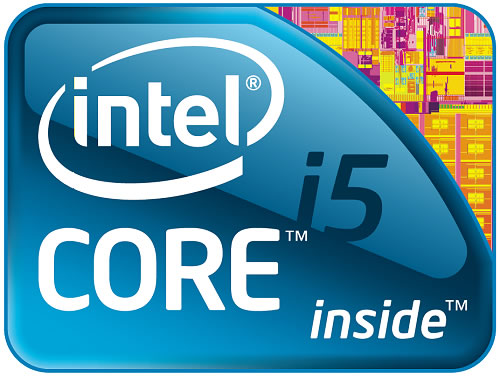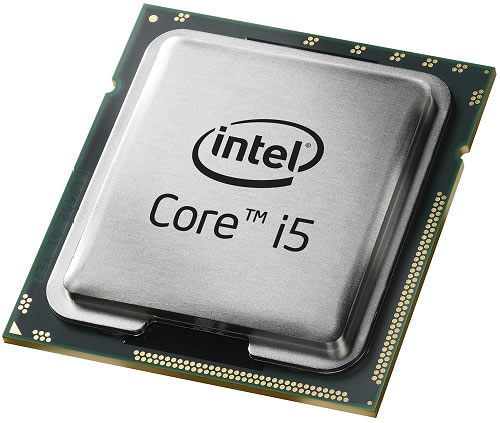Working out Intel’s Desktop Line-up
Starting with the more obvious, the Core 2 Duo and Core 2 Quad parts will eventually die out, putting an end to the beloved LGA775 platform. That is where the Core i3 and Core i5 come in to replace them, while the Pentium, Celeron and Atom brands will remain in existence.
The new Core family will consist of the Core i7, Core i5 and Core i3 brands.
On the upper-end of the spectrum, the Core i7 will have 9xx and 8xx processors. The Core i7 9xx series corresponds to the Bloomfield 45nm processors we are all familiar with, which will remain exclusive to the LGA1366 socket. Then the new Core i7 8xx series (Lynnfield 45nm) will feature the 870 as its top processor with a clock speed of 2.93GHz and will make use of the brand new LGA1156 socket.
This new Core i7 870 and the Core i7 860 are also being released today ($555 and $285, respectively), we should have a full performance/value review on them shortly.

The new Core i5 range (Lynnfield 45nm) is debuting today with the very Core i5 750 processor we are reviewing right now. Early next year you can expect the launch of the Core i5 6xx series (Clarkdale 32nm) with the flagship Core i5 670 model working at 3.46GHz. The key difference between 6xx and 7xx series is that the former will carry half the L3 cache. There will be another significant difference, but we will not talk about that now.
Finally, the Core i3 5xx series (Clarkdale 32nm) will not be released until early 2010, next to the Core i5 6xx. The key difference between these two is that the Core i3 processors will not feature the Turbo mode.
The Core i5 and Core i3 processors will be limited to 2 - 4 cores with just 4 threads, while Core i7 processors can feature 4 cores with 8 threads, due to their ability to support Hyper-Threading technology.
